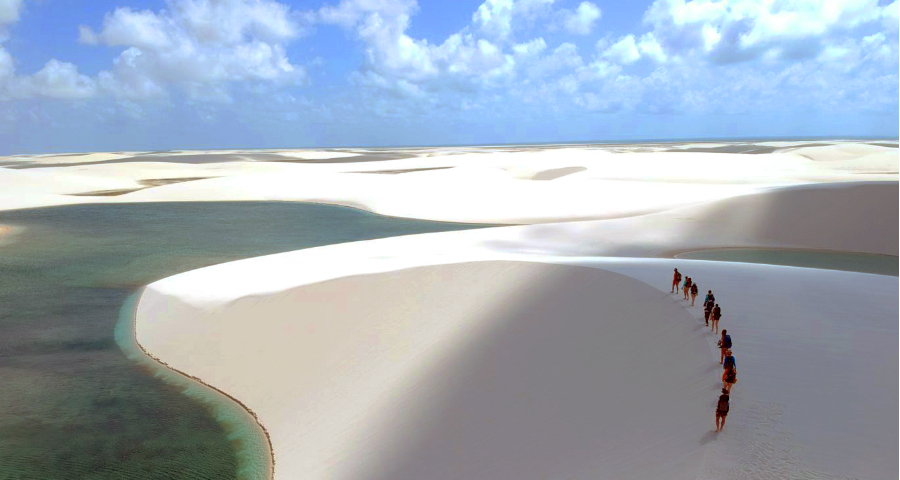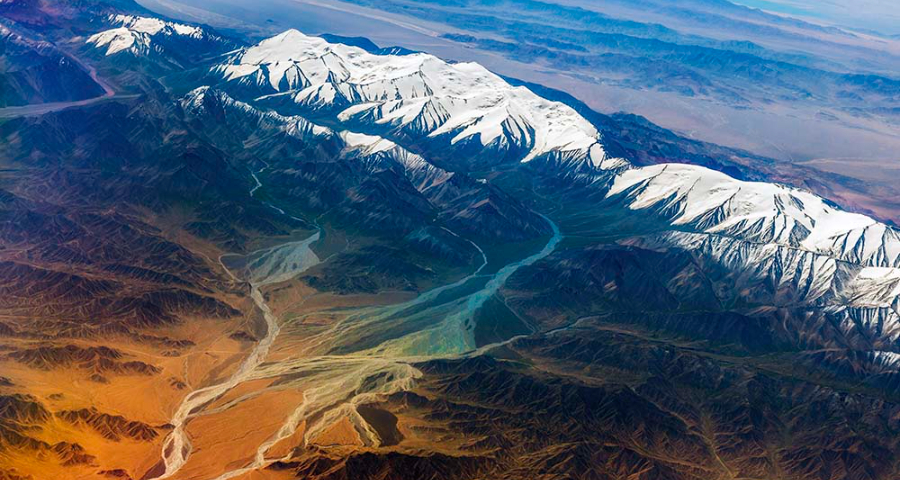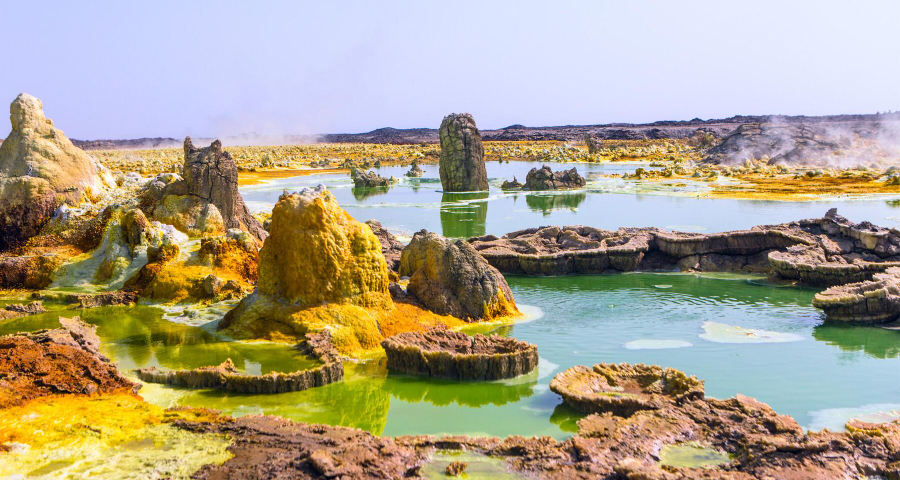

A desert is not just scorching heat and sand. These places hide unique wildlife, ancient treasures, and offer exciting adventures!
Here are some of the world's truly unique and special deserts.
The world's largest salt desert, Bolivia
The Salar de Uyuni in Bolivia has an extensive, almost flat surface, making it look like a massive mirror. Over 40,000 years ago, the area was part of a vast prehistoric lake, and after it dried up, two lakes and two large salt deserts were left behind: Salar de Coipasa and the larger Uyuni. The latter is 25 times larger than the Bonneville Salt Flats in the United States. It is estimated that more than 10 billion tons of salt spread across it.

Where water rules, Brazil
On the northern coast of Brazil, dazzling white sand dunes and deep blue lagoons dot the landscape. The 1,500-square-kilometer Lencóis Maranhenses was declared a National Park in 1981. The lagoons can reach depths of up to 30 meters and, at times, can heat up to 30°C, making it a perfect tropical playground for visitors. Despite the desert-like landscape, the annual rainfall here is 1,600 mm, 300 times more than in the Sahara. During the dry season, the lagoons completely dry up, while in the rainy season, they become home to various fish species, turtles, and mollusks.

Snow-covered dryness – Taklamakan, Central Asia
The Taklamakan, located in China, is one of the largest sandy deserts in the world. It covers an area of 270,000 square kilometers, with a maximum length of about 1,000 kilometers and a maximum width of about 400 kilometers.

Its uniqueness lies in the fact that, due to its proximity to Siberia, temperatures can drop as low as minus 20 degrees Celsius in the winter. In the local Uighur language, its name, "Sea of Death," means: whoever enters here is doomed to die. During the 2008 Chinese storms, the Taklamakan was completely covered in snow, a phenomenon that had never been witnessed before. However, the desert is not only interesting because of its natural features; over time, many ancient artifacts have been discovered beneath the sand: including a 1,500-year-old Buddhist temple, an Iron Age and Bronze Age cemetery, a fortified Bronze Age settlement, and the world’s best-preserved mummies were also found here.
A Hellish landscape in the Horn of Africa
The Danakil Depression, also known as the Afar Depression, is unlike any other place on Earth. The sulfurous hot springs and salty marshes of the region are considered by some to be the harshest place on the planet. This is no coincidence, as it is not only the hottest and driest point on our planet but also one of the most geologically active areas. The average temperature is around 35°C, and during the day, it can often reach 50°C. In the words of British desert explorer Wilfred Thesiger: "Danakil is the land of death." Yet, for the few who visit this remote northwestern corner of Ethiopia, the Danakil Depression offers a double reward: an adventurous journey through a stunning landscape filled with rare natural phenomena, and a glimpse into the lives of the Afar people, who manage to thrive in this extremely dry region.

Death Valley, United States
Of course, the list wouldn't be complete without the inclusion of California's Death Valley National Park. It is home to the lowest point in North America, the Badwater Basin, which sits 86 meters below sea level. The mystery of the migrating rocks, which leave tracks behind them, has intrigued researchers for years. For a long time, countless legends and myths circulated about the phenomenon, with many believing that extraterrestrials were behind it. Nowadays, it is increasingly believed that the movement is due to the combined effects of ice and wind.
